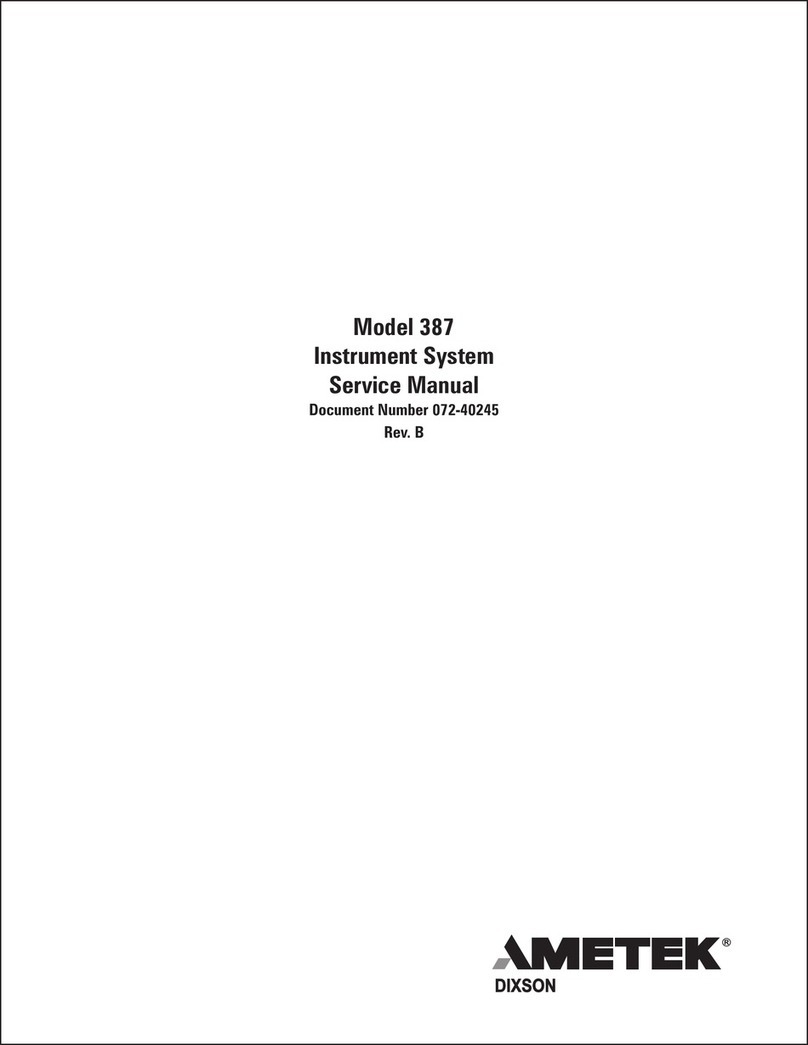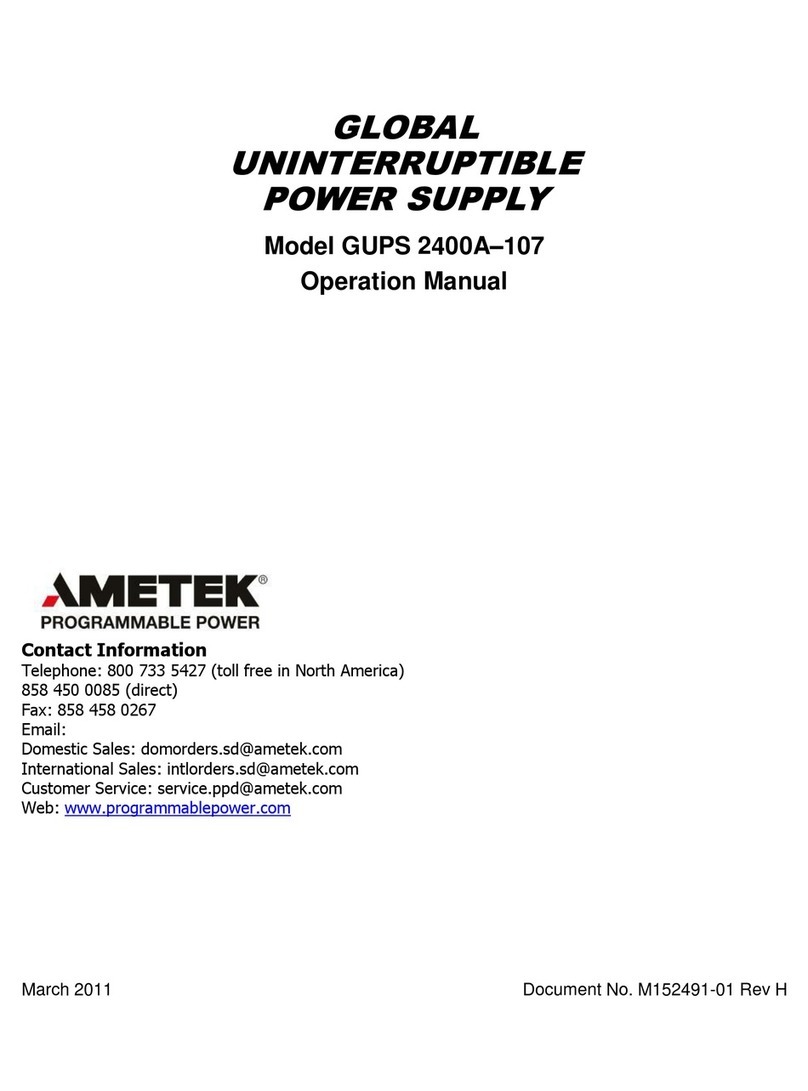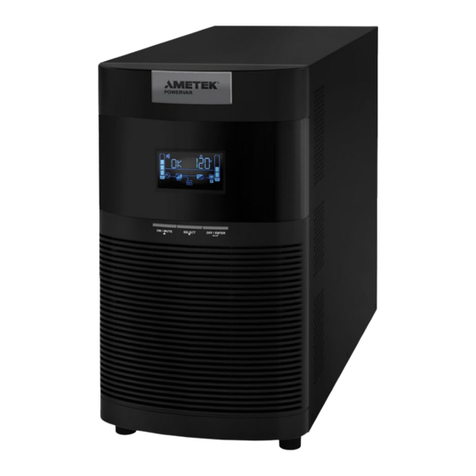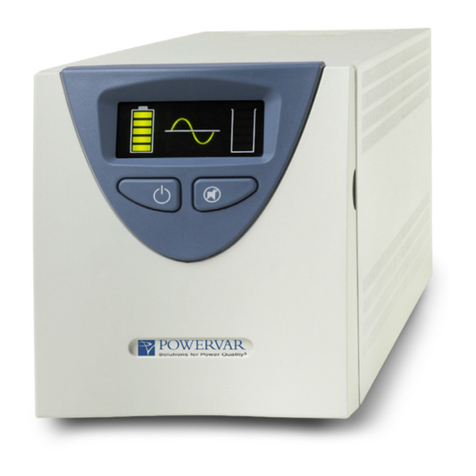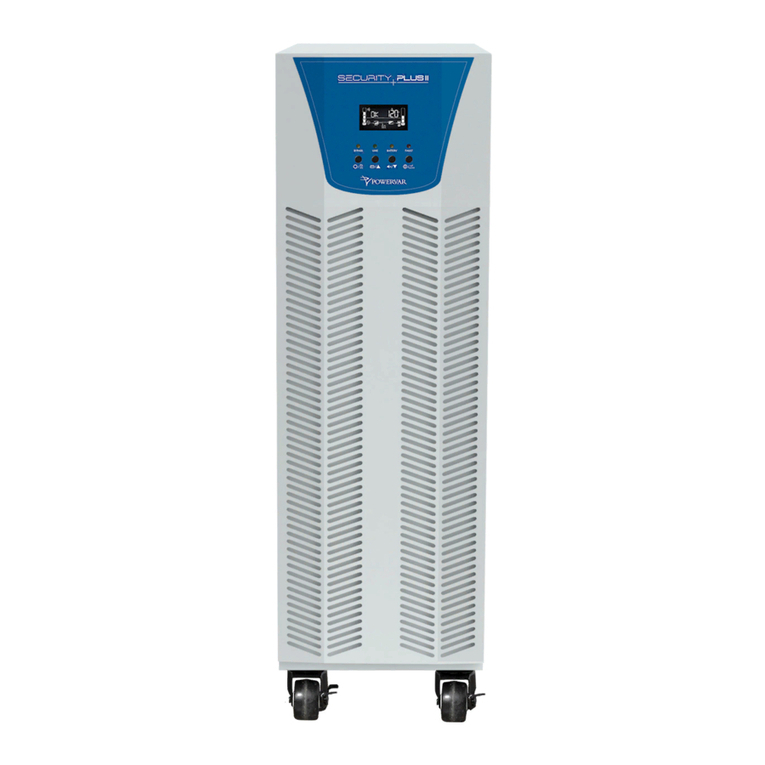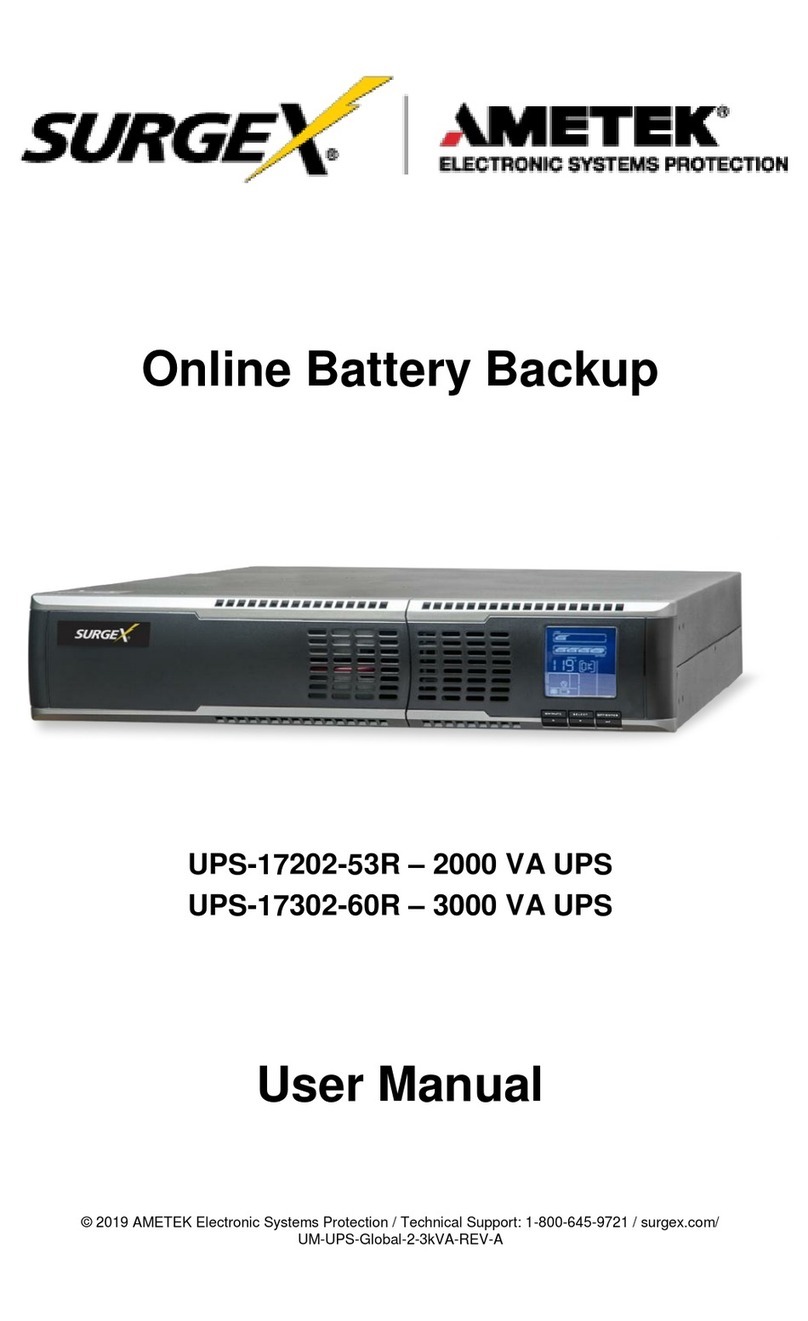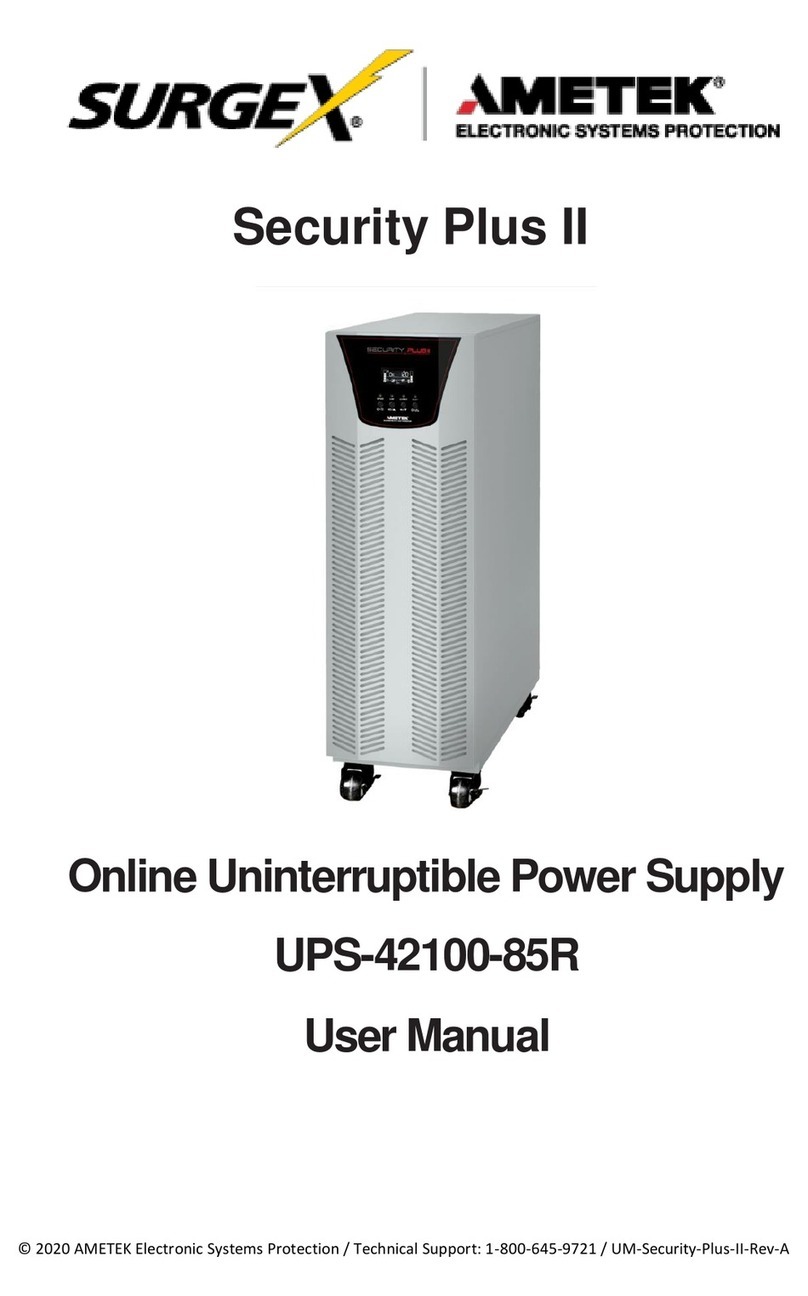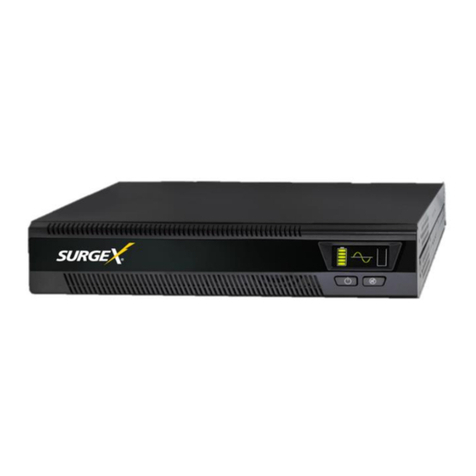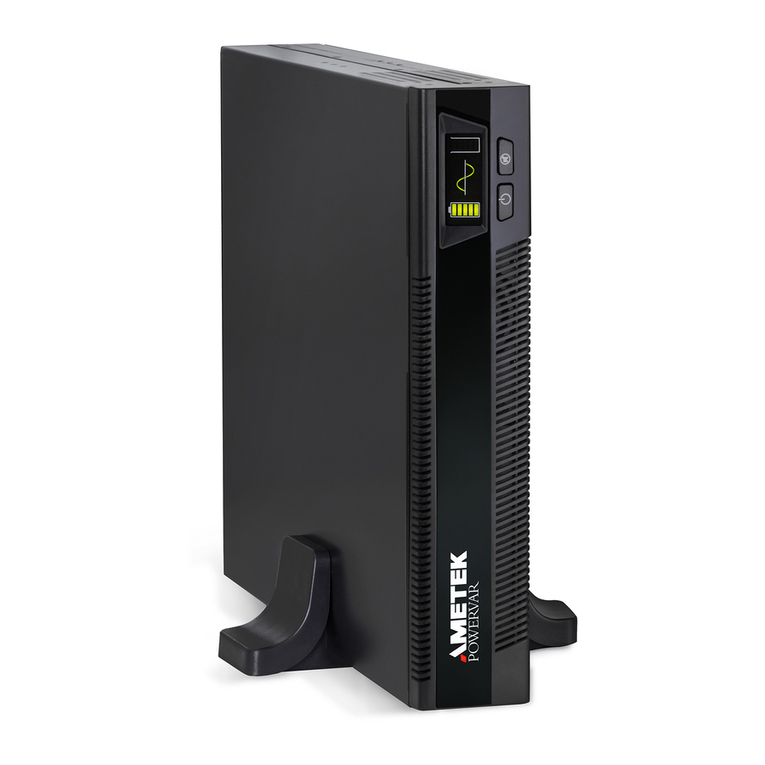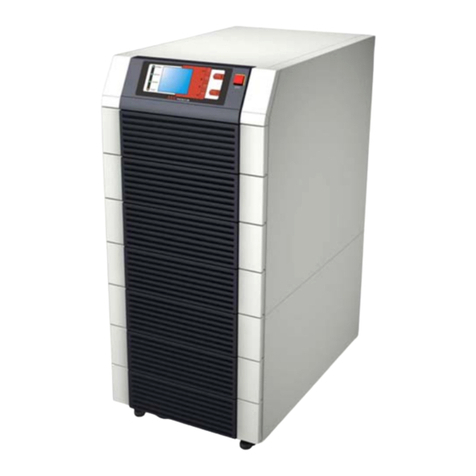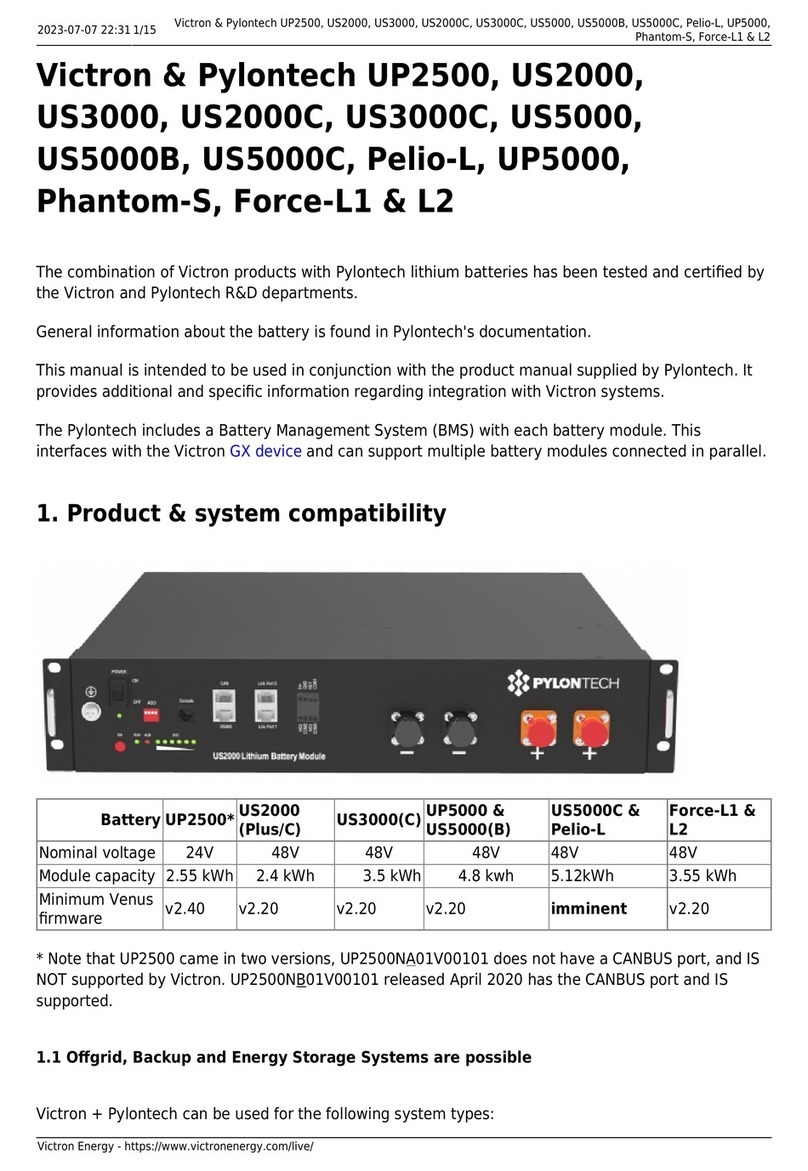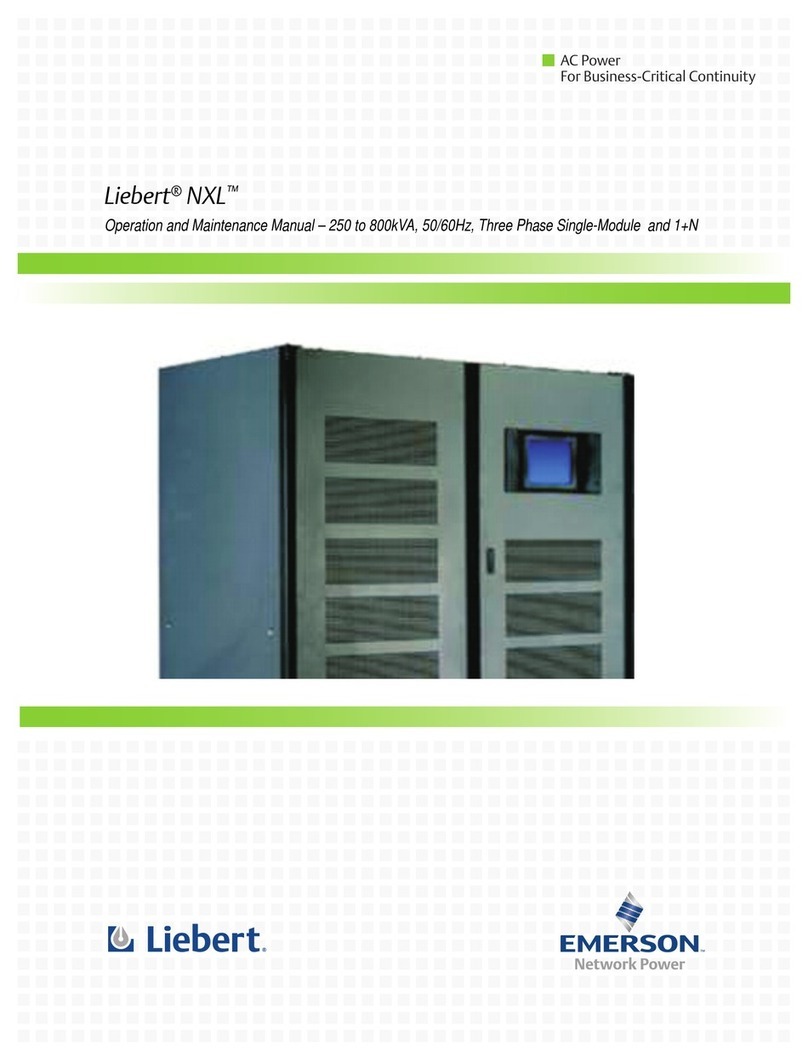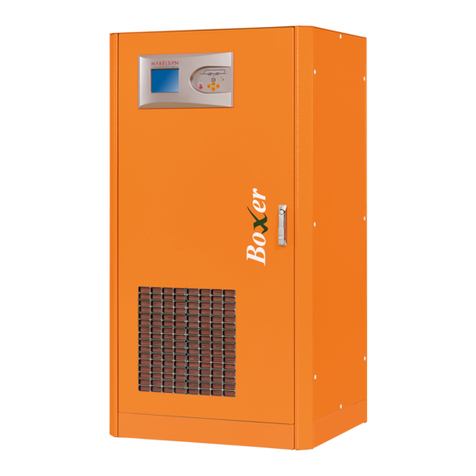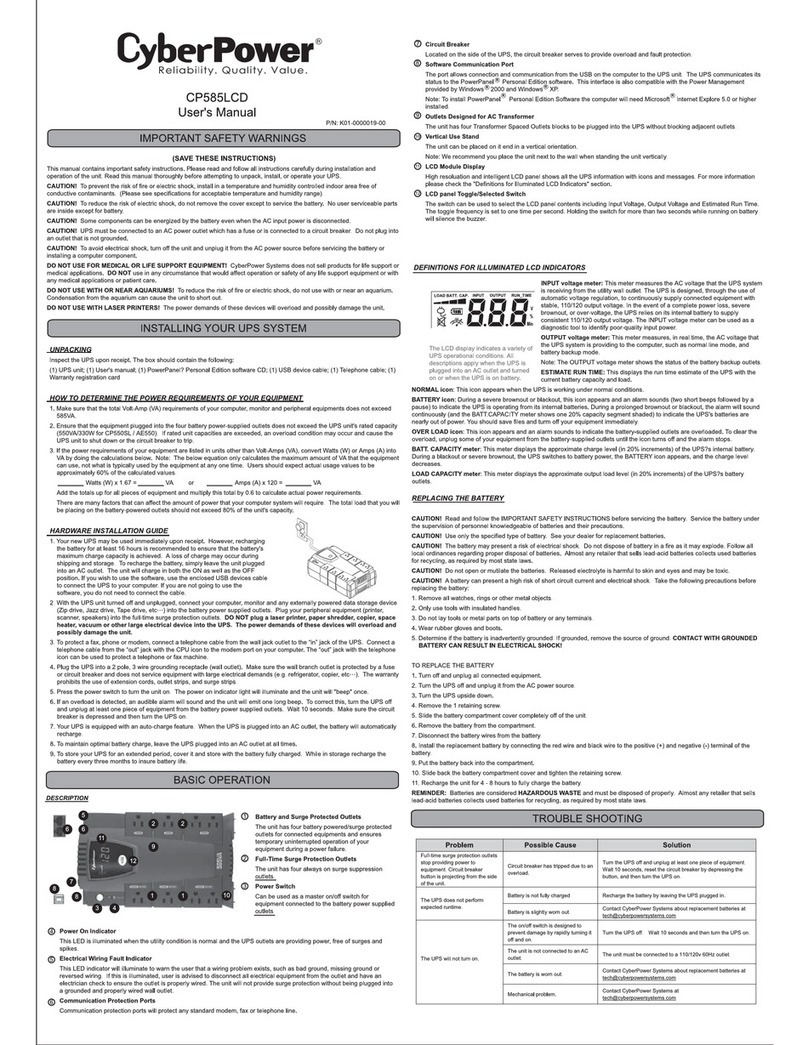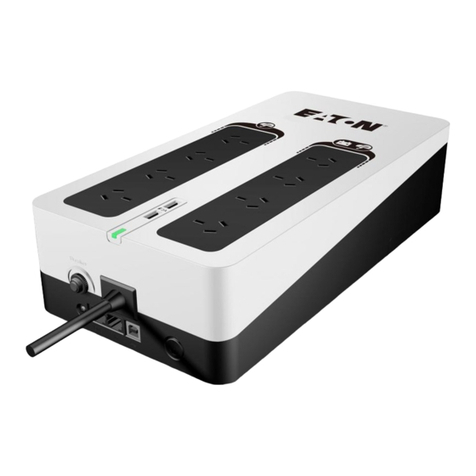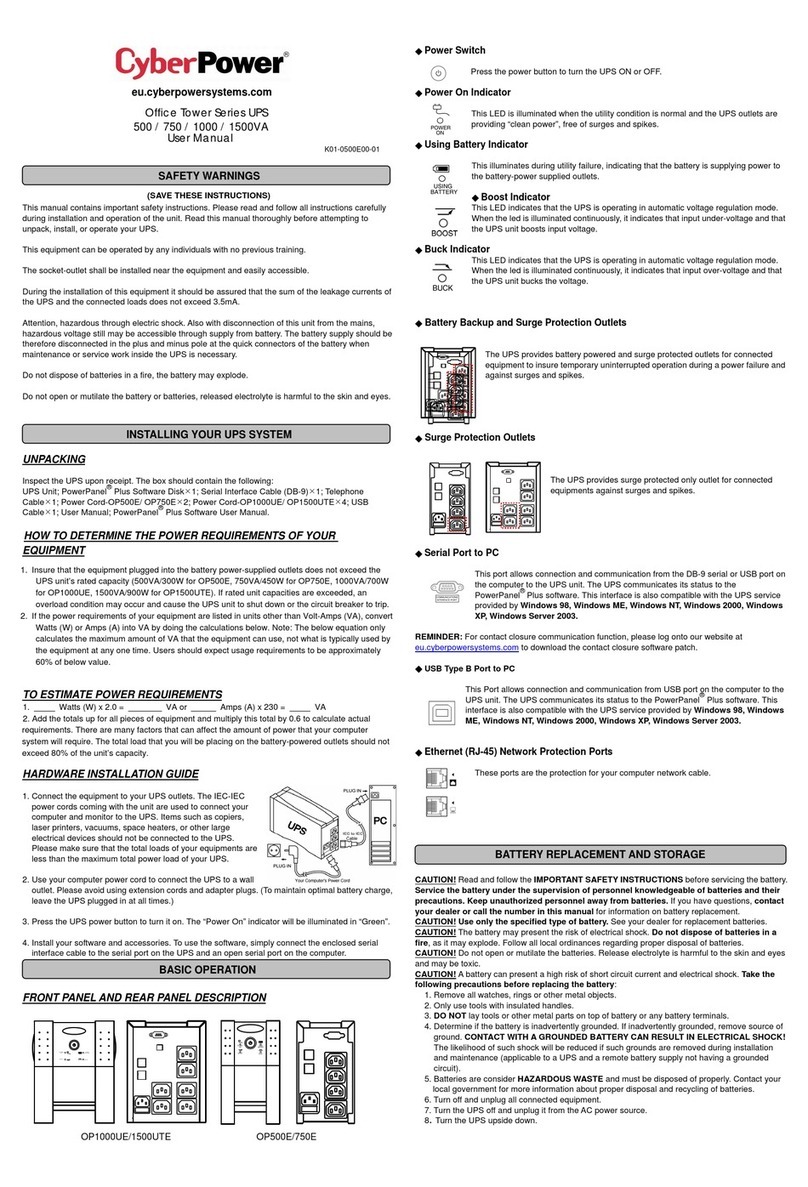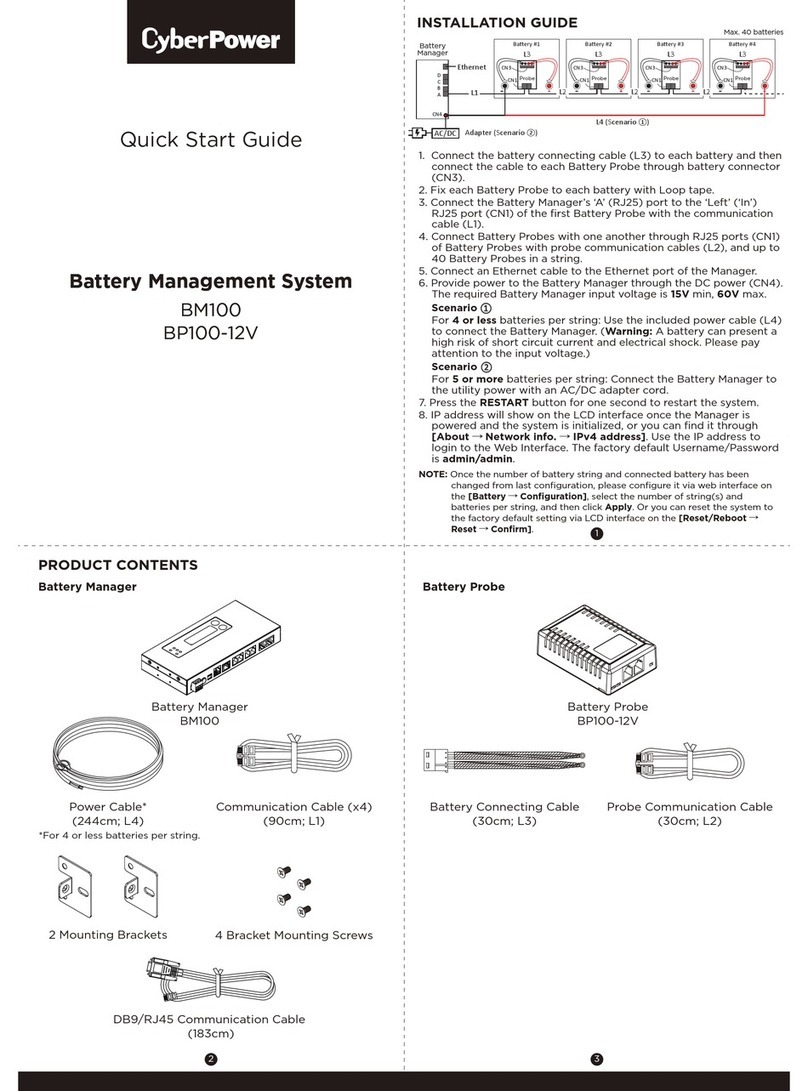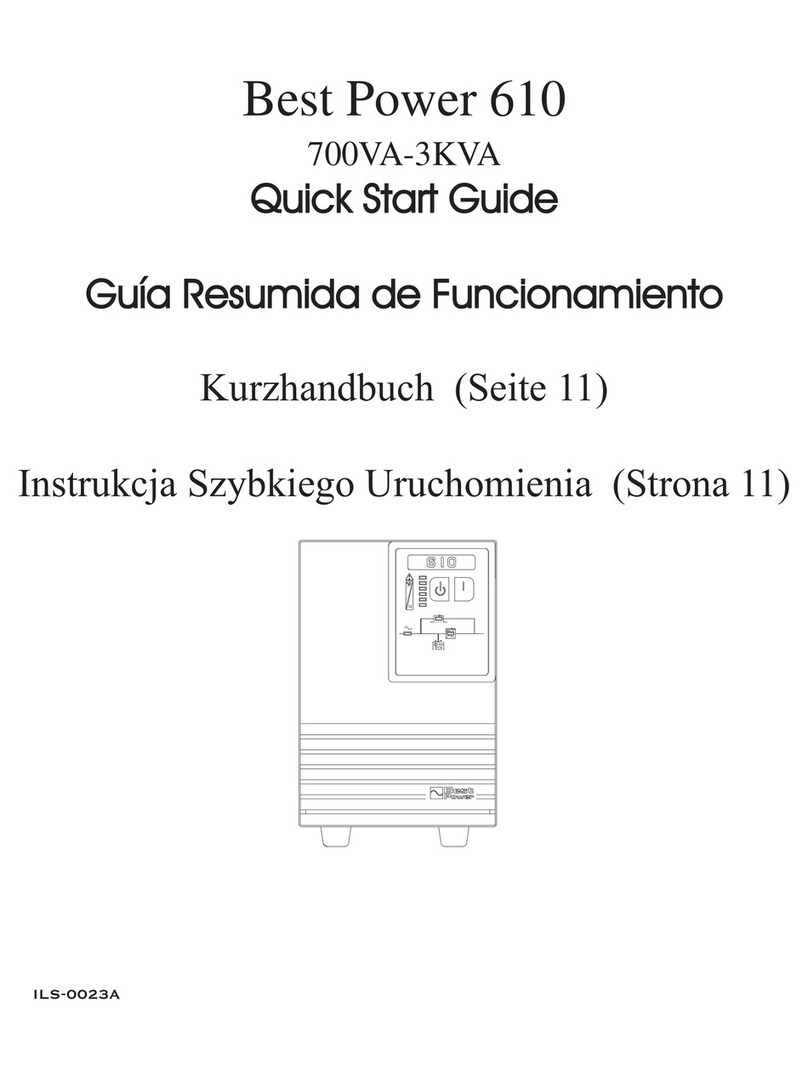4A01-00055 Rev G
Danger- The danger symbol is used to indicate imminently
hazardous situations, locations, and conditions which, if
not avoided, WILL result in death, serious injury, and/or
severe property damage.
Caution- The caution symbol is used to indicate potentially
hazardous situations and conditions which, if not avoided,
may result in injury. Equipment damage may also occur.
Warning- The warning symbol is used to indicate
potentially hazardous situations and conditions which,
if not avoided, COULD result in serious injury or death.
Severe property damage COULD also occur.
Attention- The attention warning symbol is used to
indicate situations and conditions that can cause operator
injury and/or equipment damage.
Other warning symbols may appear along with the Danger
and Caution symbol and are used to specify special
hazards. These warnings describe particular areas where
special care and/or procedures are required in order to
prevent serious injury and possible death
Electrical warnings- The electrical warning symbol is a
lightning bolt mark enclosed in a triangle. The electrical
warning symbol is used to indicate high voltage locations
and conditions may cause serious injury or death.
Explosion warnings- The explosion warning symbol is
an explosion mark enclosed in a triangle. The explosion
warning symbol is used to indicate locations and conditions
where molten, exploding parts may cause serious injury or
death if the proper precautions are not observed.
Alternating Current
Refer to instruction manual/booklet.
DANGER
CAUTION
WARNING
ATTENTION
